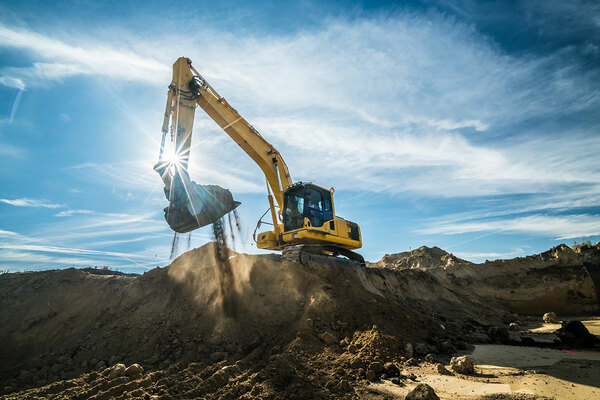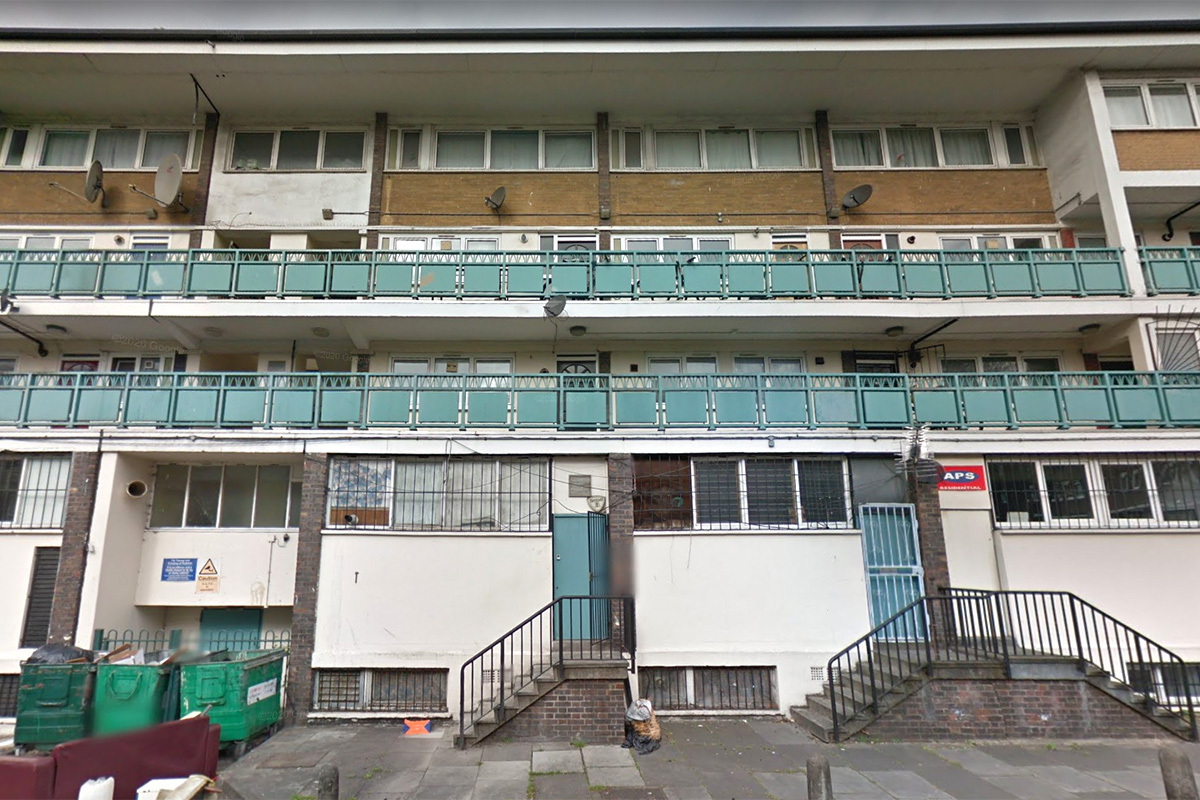You are viewing 1 of your 1 free articles

Maximising the potential of land near railways
Many councils own land near train lines – but as a result of complex ownership, it has often been difficult to build homes on it. But it can be done, says Peter Hawthorne
Figures published recently by Inside Housing show that local authorities will collectively need to build more than 70% more homes every year by the mid-2020s to meet new development targets set by the government’s new housing need algorithm.
The government is right to set a high bar for housing delivery. There’s no doubt that the need to accelerate the delivery of homes is a pressing one. But the onus is firmly on local authorities to deliver against the new targets – and there are a series of all-to-familiar hurdles to overcome.
“LCR’s own review of land around rail stations conducted in partnership with Network Rail suggests there is potential for tens of thousands of new homes to be built there”
Councils are time-poor, they face squeezed budgets, and they often don’t have the relevant expertise in-house to deliver housing schemes quickly. However, a more pressing and tangible obstacle is the perceived lack of space for local authorities to build on.
With the protection of green belt land increasingly encouraged, planners are being challenged to find new brownfield space. The solution involves unlocking land that at first glance may appear too difficult or complex to develop, and securing the buy-in of multiple stakeholders in a single vision.
Identifying land
Local authorities looking for locations to build new homes often come unstuck when they find brownfield sites have piecemeal ownership structures. The land can be owned by a mixture of public, private and transport sector organisations, presenting logistical, political and financial challenges.
A multitude of such sites exist in town and city centres across the UK and are often linked to transport hubs, such as railway stations. In our experience, with the right approach, this land is a fruitful first port of call in the search for space. LCR’s own review of land around rail stations conducted in partnership with Network Rail suggests there is potential for tens of thousands of new homes to be built there.
“The opportunity is so significant because transport-linked land is consistently forgotten about, or dismissed as too challenging to develop”
Railway stations are also invariably located in and around town centres. Rebuilding and regenerating the land that surrounds them can act as a catalyst for wider transformation in the community, as the benefits radiate out across the regional economy and inspire the post-pandemic change the country is calling out for.
The opportunity is so significant because transport-linked land is consistently forgotten about, or dismissed as too challenging to develop. But collaboration can give local authorities, which already have the essential, intimate local knowledge, access to skills and expertise that help to free up the land.
Guiding mind
The Greater Manchester Stations Alliance is a leading example of collaboration in action. Consisting of Transport for Greater Manchester, Network Rail, the Train Operating Companies and LCR, the alliance combines its underutilised land holdings with industry expertise and local knowledge to assemble sites in partnership with local authorities across Greater Manchester, bringing forward plans for regeneration.
For instance, last year the alliance helped to identify and start to unlock development opportunities right the way along the rail corridor in the Borough of Rochdale, in partnership with Rochdale Borough Council. Now, we’ve delivered a spatial masterplan at four of the five stations in the borough, with the potential to enable the delivery of thousands of homes, new and improved public realm, and commercial space.
We anticipate that these development sites will also improve passenger experience at the stations. This is possible thanks to a collaboration that brings the key components, such as land holdings, individual skill sets and local and rail expertise of the stakeholders under the same umbrella.
“The trick for councils will be to collaborate with a wider spectrum of stakeholders to maximise the huge potential in their own backyard”
We’ve also found landpooling agreements a useful catalyst for successful collaboration with councils, and a perfect example is in our approved plans for Union Place in Worthing.
Worthing Borough Council had acquired small corner of disused land that was ripe for regeneration after years of failure from private sector owners to bring forward development. But with the site still too small for meaningful regeneration, we partnered with the council to form a landpooling agreement.
On this project, landpooling proved an effective mechanism for kick-starting development. The traditional model of development involves a real estate provider being engaged by a site owner for a set fee to begin activity.
Landpooling differs by ensuring that both landowning partners have a long-term interest in the site’s successful delivery, the arrangement marked a close commitment to partnership and collaboration from beginning to end. As a result, plans are now in place to deliver nearly 170 homes, new commercial space and a cinema.
Given the scale of the UK’s housing shortage, the ambition of the government’s targets are more than appropriate. To help meet them, the trick for councils will be to collaborate with a wider spectrum of stakeholders to maximise the huge potential in their own backyard, unlocking these strategic sites to turbocharge development and deliver value for surrounding communities.
Peter Hawthorne, chief executive, LCR











